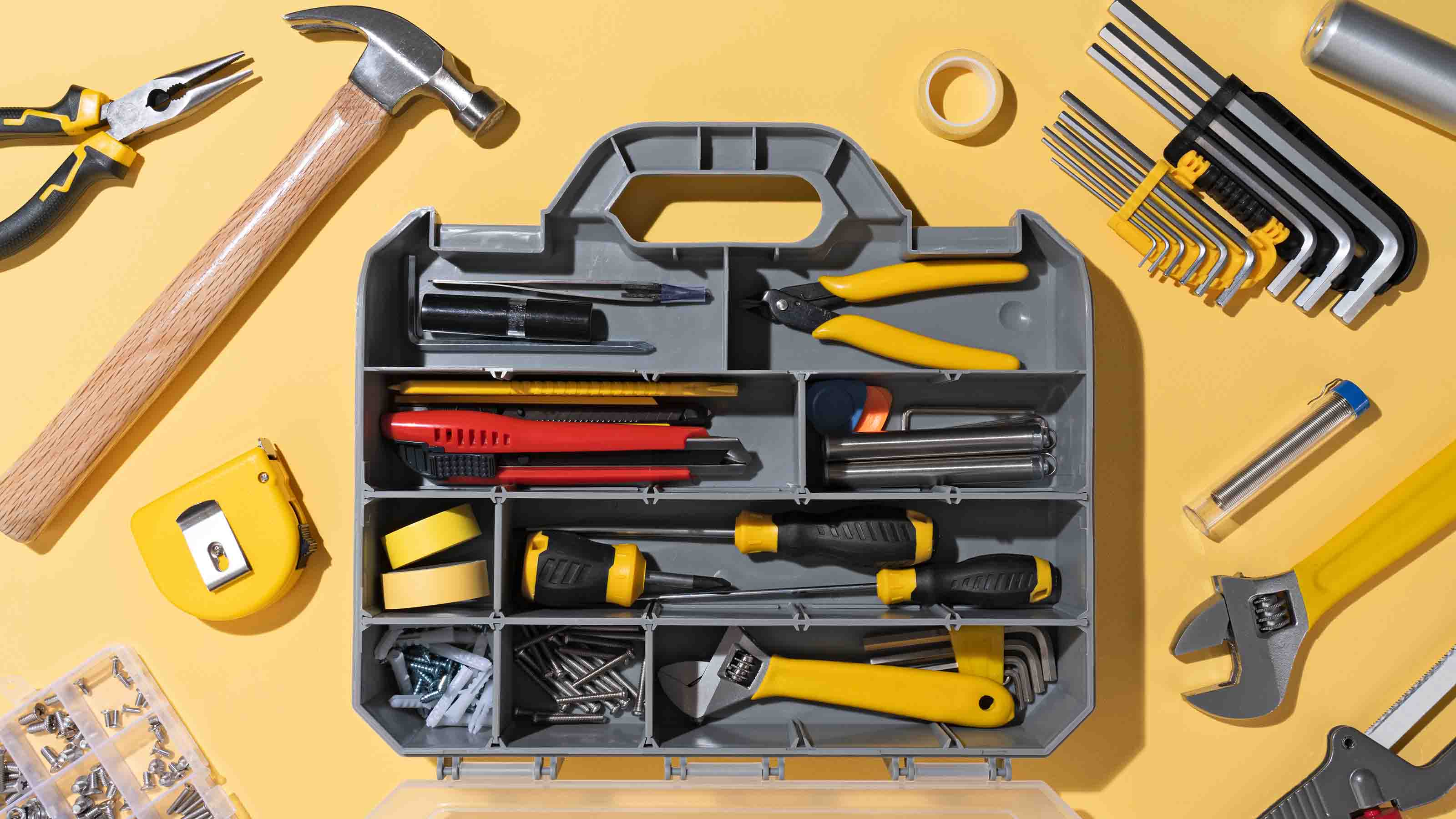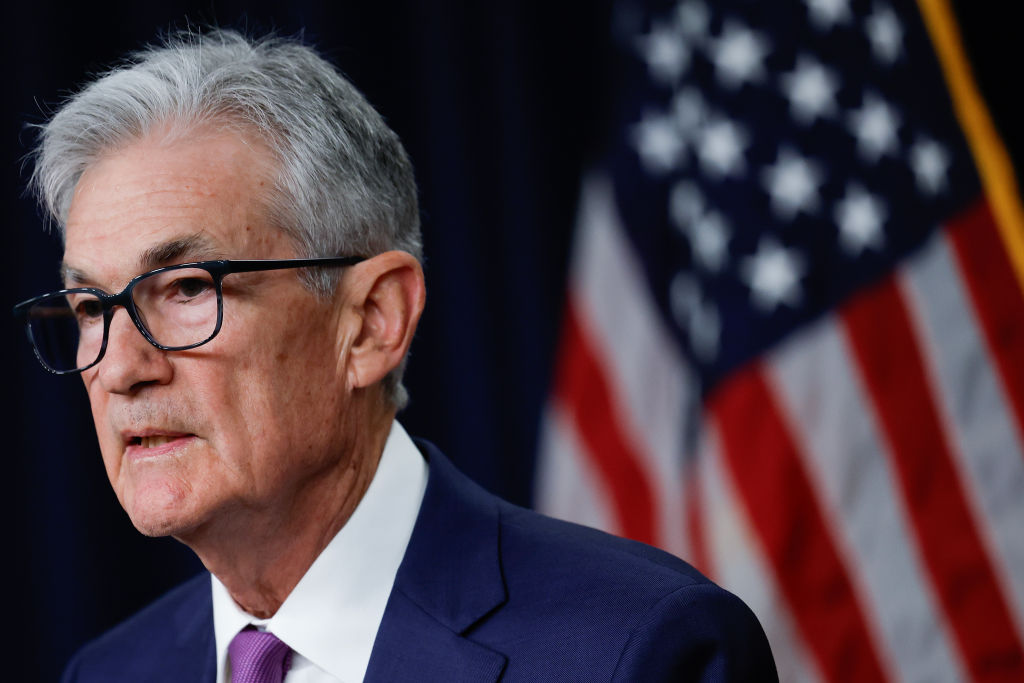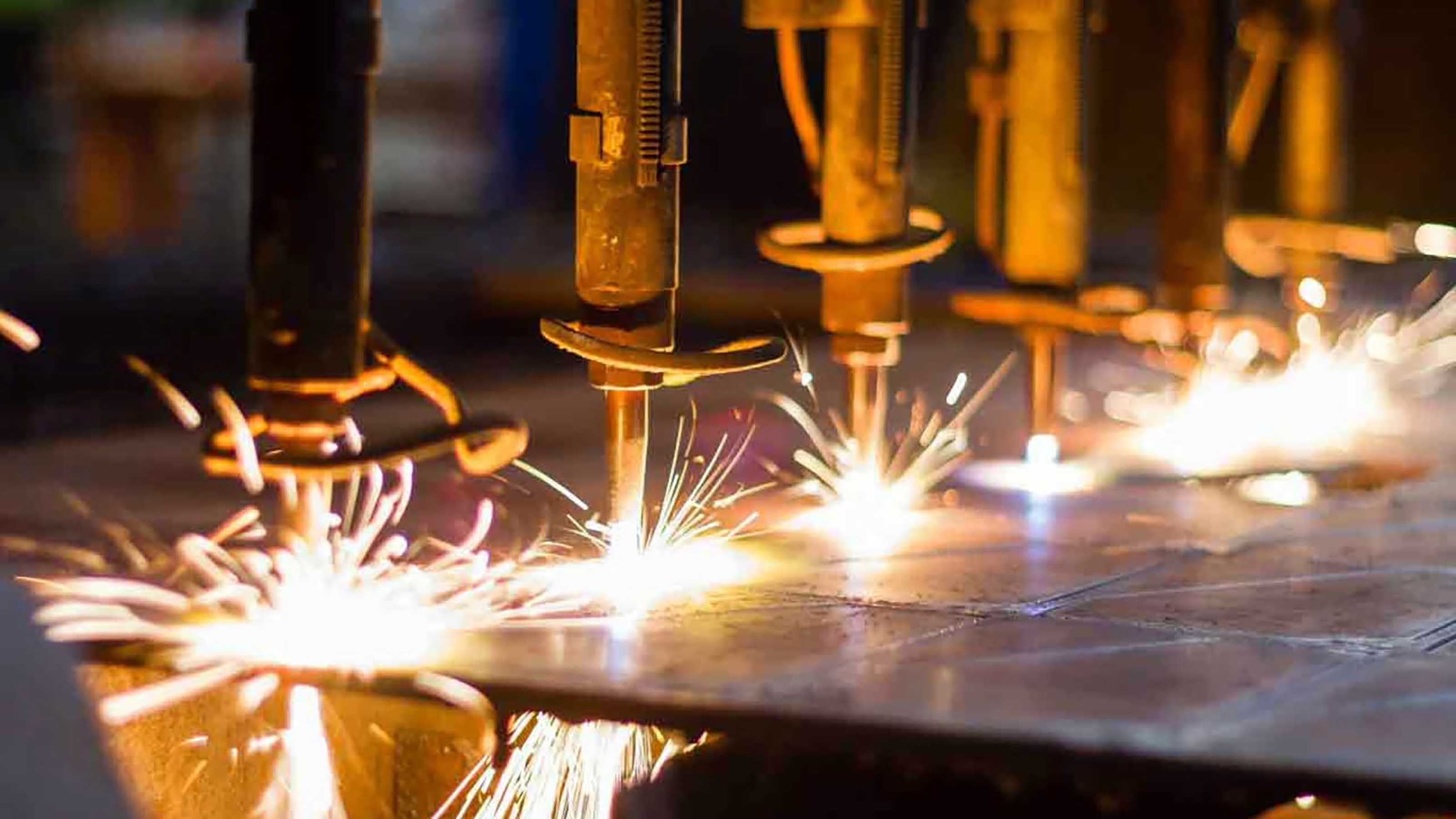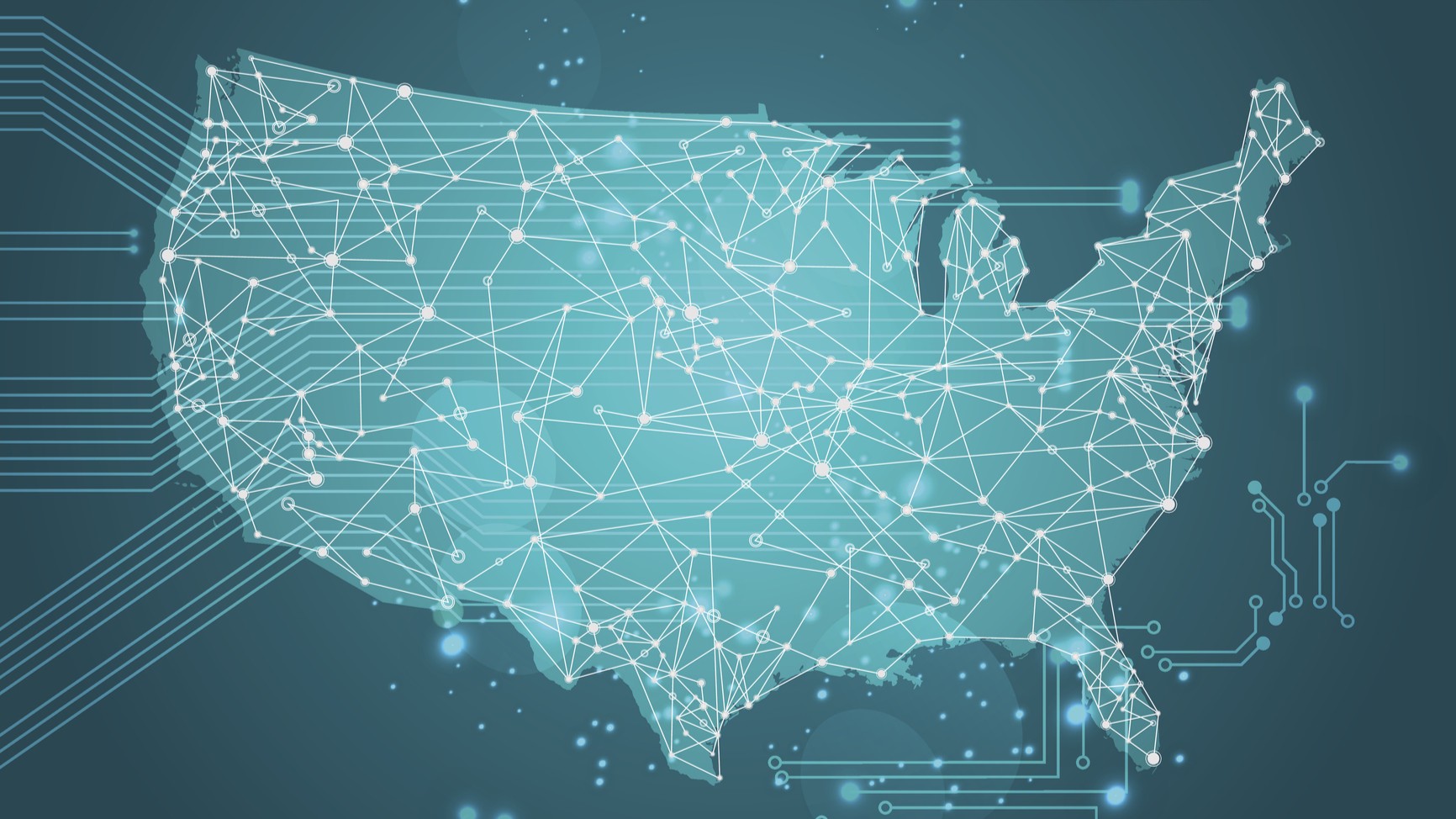Kiplinger Inflation Outlook: Tariffs Affecting Some Goods Prices
Inflation should rise in the coming months as more tariff effects materialize, but likely by less than first expected if new trade deals happen.

Kiplinger Economic Outlooks are written by the staff of our weekly Kiplinger Letter and are unavailable elsewhere. Click here for a free issue of The Kiplinger Letter or to subscribe for the latest trends and forecasts from our highly experienced Kiplinger Letter team.
Tariffs pushed up prices of some goods in June’s inflation report, but so far have had only a modest effect on overall inflation. In June, prices of some consumer goods that are typically imported jumped. These included appliances, up 1.9%; cookware/tableware, 3.7%; linens, 5.5%; sports equipment, 1.8%; toys, 1.8%; audio/video equipment, 3.4%; men’s shirts, 4.3%; and women’s dresses, 3.9%.
However, other categories have not shown a price bump yet, including other apparel, motor vehicles and televisions. It seems likely that tariff costs will become more noticeable in prices as pre-tariff inventories of imported goods are drawn down throughout the summer. However, it is possible that some businesses may opt to cut their profit margins rather than lose market share.

Sign up for Kiplinger’s Free E-Newsletters
Profit and prosper with the best of expert advice on investing, taxes, retirement, personal finance and more - straight to your e-mail.
Profit and prosper with the best of expert advice - straight to your e-mail.
The price increases from tariffs have not been enough, yet, to push the yearly inflation rate upward very much. Overall yearly inflation picked up to 2.7%, from 2.4% in May, but the core inflation rate (excluding food and energy) edged up only slightly, to 2.9% from 2.8%. Food and energy costs rose moderately, but this was nothing out of the ordinary. One piece of good news for consumers is that egg prices dropped 7.4% in June, their third consecutive decline, and are 21% lower than their February peak.
The uncertainty about the size of tariff effects on prices will likely keep the Federal Reserve on hold at its next policy meeting on July 30. The Fed will want to see the effects of tariffs on inflation over the next several months before acting. Since tariff effects on consumer prices will happen only gradually, the Fed is likely to wait a number of months in order to assess the longer-term impact.
While the headlines focus on the Consumer Price Index, note that the Fed’s goal of 2% inflation is based on a measure called the personal consumption expenditures deflator, not the CPI. The PCE deflator excluding food and energy rose at a 2.7% rate for the 12 months ending in May, compared with the core CPI’s 2.8% May number. Still, that’s well above the Fed’s target for 2% inflation over the long term.
Related content
Profit and prosper with the best of Kiplinger's advice on investing, taxes, retirement, personal finance and much more. Delivered daily. Enter your email in the box and click Sign Me Up.

David is both staff economist and reporter for The Kiplinger Letter, overseeing Kiplinger forecasts for the U.S. and world economies. Previously, he was senior principal economist in the Center for Forecasting and Modeling at IHS/GlobalInsight, and an economist in the Chief Economist's Office of the U.S. Department of Commerce. David has co-written weekly reports on economic conditions since 1992, and has forecasted GDP and its components since 1995, beating the Blue Chip Indicators forecasts two-thirds of the time. David is a Certified Business Economist as recognized by the National Association for Business Economics. He has two master's degrees and is ABD in economics from the University of North Carolina at Chapel Hill.
-
 Stock Market Today: S&P 500, Nasdaq Hit New Highs on Retail Sales Revival
Stock Market Today: S&P 500, Nasdaq Hit New Highs on Retail Sales RevivalStrong consumer spending and solid earnings for AI chipmaker Taiwan Semiconductor Manufacturing boosted the broad market.
-
 Higher Summer Costs: Tariffs Fuel Inflation in June
Higher Summer Costs: Tariffs Fuel Inflation in JuneTariffs Your summer holiday just got more expensive, and tariffs are partially to blame, economists say.
-
 Things that Surprise Business Owners When It’s Time to Sell
Things that Surprise Business Owners When It’s Time to SellThe Kiplinger Letter When it’s time to retire and enjoy the fruits of growing their business, owners are often surprised by how tough it is to give up their baby!
-
 What New Tariffs Mean for Car Shoppers
What New Tariffs Mean for Car ShoppersThe Kiplinger Letter Car deals are growing scarcer. Meanwhile, tax credits for EVs are on the way out, but tax breaks for car loans are coming.
-
 AI’s Rapid Rise Sparks New Cyber Threats
AI’s Rapid Rise Sparks New Cyber ThreatsThe Kiplinger Letter Cybersecurity professionals are racing to ward off AI threats while also using AI tools to shore up defenses.
-
 Blue Collar Workers Add AI to Their Toolboxes
Blue Collar Workers Add AI to Their ToolboxesThe Kiplinger Letter AI can’t fix a leak or install lighting, but more and more tradespeople are adopting artificial intelligence for back-office work and other tasks.
-
 Who Will Replace Jerome Powell as Fed Chair?
Who Will Replace Jerome Powell as Fed Chair?Buzz is building that President Trump could announce Fed Chair Powell's replacement sooner rather than later, even though his term doesn't end until next year.
-
 June Fed Meeting: Updates and Commentary
June Fed Meeting: Updates and CommentaryThe June Fed meeting was a key economic event, with Wall Street keyed into what Fed Chair Powell & Co. have to say about interest rates and the economy.
-
 America's Surprising Strengths in Manufacturing and Exports
America's Surprising Strengths in Manufacturing and ExportsThe Kiplinger Letter Despite common perceptions that the U.S. doesn't build things anymore, American factories are still hard at work. A special report from The Kiplinger Letter.
-
 Will State Laws Hurt AI’s Future?
Will State Laws Hurt AI’s Future?The Kiplinger Letter Republicans in Congress are considering a moratorium on state AI laws. But it’s likely a growing patchwork of state AI regulations will be here for a while.